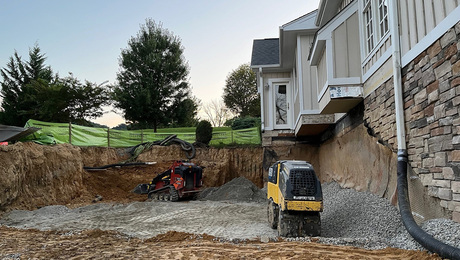Steam radiator leaking at flange…
While in the process of renovating a 1910 colonial, I’ve had to pull out a few steam radiators to have sandblasted. These steam radiators have a single connection to the steam source on one end and an air vent at the other. After sandblasting and repainting, I tried attaching the radiators again to the flange and notice some water leaking from that joint. Tightening the nut further helped some, but some leaking is still noticed. Is there anything special I need to do at the joint? I tried plumbers putty on one of the joints, which may have worked initially, but in a month or so started leaking again.
Also, I’ve noticed leaking on some radiators that haven’t been removed, at least not by me. One last question; what type of wrench is usually used for tightening these large nuts? I don’t have a cresent wrench large enough, and tongue and groove pliers tend to chew up the nut.
TIA,
Ron


















Replies
I recommend that you check out http://www.heatinghelp.com
the guy who runs it is probably the most knowlegable living steam expert on the internet. They can give you the information you need to make sure your whole system is running at its best (and if you've changed radiators around its a good idea to make sure).
For the leak I'd recommend teflon tape + pipe dope.
The steam pressure in a residential system should be quite low (a healthy, well balanced system runs best at less than 2psi) so you ought to be able to get a good seal pretty easy. If it keeps leaking then look for cracks, splits, other.
For tightening the nut I'd recommend purchasing a really large channel lock plier (the jaws fit into the (usually) small places around the radiator supply pipes, and the jaw faces are less likely to chew up the nut).
Edited 12/9/2002 12:48:32 PM ET by Norm
Thanks for the info Norm. I'll have to check out the website you recommended.
I never would have thought of using Teflon tape; I would have thought the temperatures seen by the pipes would melt the stuff. I think I also need to more accurately determine where the water is leaking out of; I didn't think it was around the threads, but maybe I'm wrong.
Ron